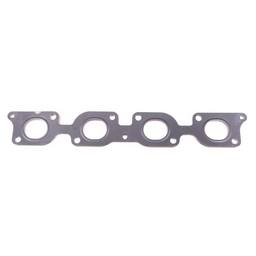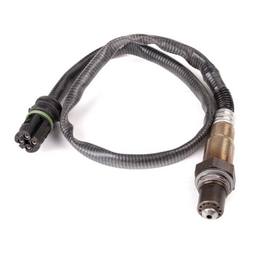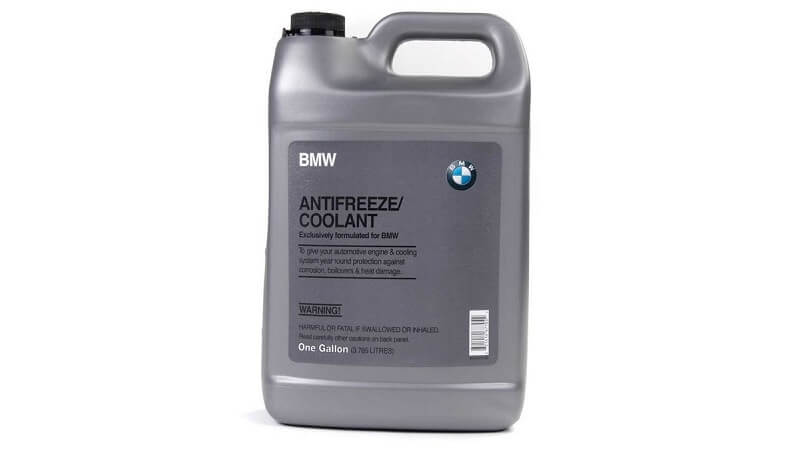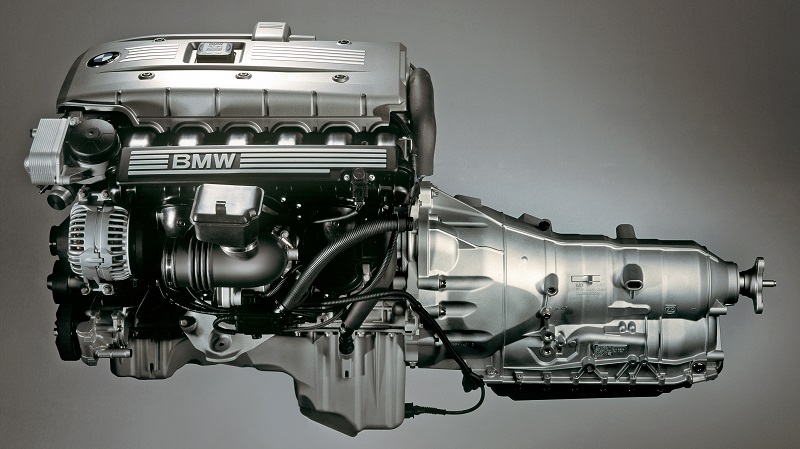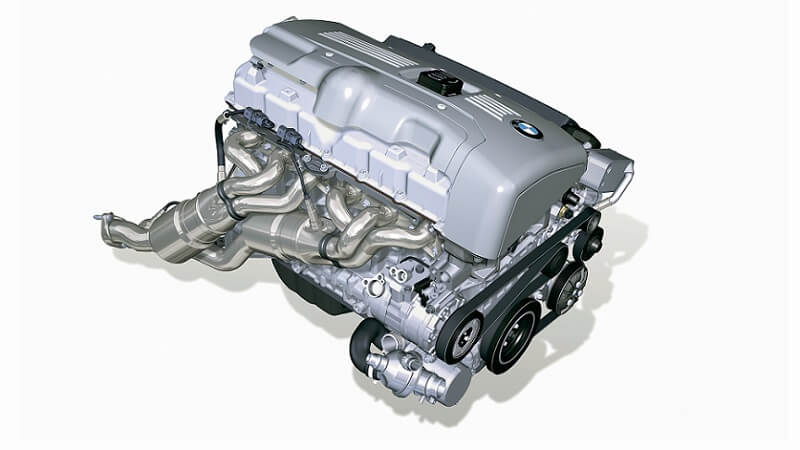In the complicated world of modern automotive engineering, a few components play a more critical role: the oxygen sensors. Installed within a vehicle’s exhaust system, these little components tirelessly monitor the air-fuel mixture, ensuring optimal combustion efficiency. Among the number of diagnostic codes that can illuminate a dashboard, the 2C24 BMW code stands out, signaling potential issues with these vital sensors.
Understanding the significance of oxygen sensors requires a peek under the hood of your BMW. These sensors, often positioned before and after the catalytic converter, serve as the eyes and ears of your vehicle’s engine management system.
They provide real-time feedback on the oxygen levels in the exhaust gases, allowing the DME (Digital Motor Electronics) to fine-tune the fuel injection process. This precision is crucial for maintaining fuel efficiency, reducing emissions, and ensuring the overall health of your vehicle.
Enter the 2C24 BMW code, a Diagnostic Trouble Code (DTC) that notifies the driver of possible issues with the oxygen sensor. This blog post aims to explain the complexities of this diagnostic code, its consequences, and why it must be addressed immediately to maintain optimal engine performance.

Understanding Oxygen Sensors
Modern engines require exact data to provide optimal performance. Oxygen sensors offer vital information to the DME and allow it to decide exactly how much fuel or air needs to be added to the fuel mixture. These small yet sophisticated devices are strategically placed within the exhaust system.
At their core, oxygen sensors are assigned to measure the oxygen content in the exhaust gases and transmit this information to the Digital Motor Electronics (DME). This data is crucial for maintaining a proper balance of the air-fuel mixture required for combustion.
Most modern vehicles typically have two types of oxygen sensors: pre-catalytic converter (upstream) and post-catalytic converter (downstream).
Accurate oxygen sensor readings are essential for several reasons. Firstly, they allow the DME to adjust the fuel injection in real time, optimizing the combustion process for efficiency and performance.
Secondly, these sensors play a crucial role in emissions control by ensuring that the catalytic converter operates at peak efficiency, reducing harmful pollutants. Understanding the role of oxygen sensors sets the stage for comprehending the implications of the 2C24 BMW code.
How many O2 sensors are in a BMW?
The number of oxygen sensors in a BMW may vary. A BMW with an inline six-cylinder engine has one header pipe (with a catalytic converter) for the first three cylinders and a second header pipe (with a catalytic converter) for the last three cylinders. Each header has one O2 sensor before and after the catalytic converter, a total of four O2 sensors.
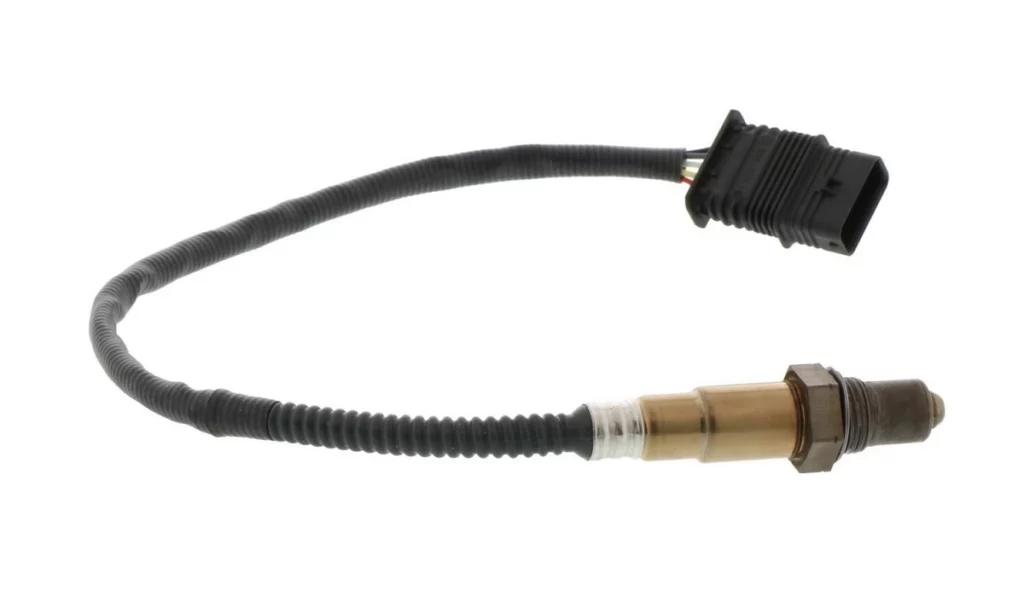
The 2C24 BMW Code
The 2C24 BMW code, displayed prominently on a vehicle’s diagnostics interface, serves as a digital alarm signaling potential concerns related to its oxygen sensors. This alphanumeric representation, understood by trained technicians and curious car owners alike, carries specific implications for the health and efficiency of the vehicle’s engine.
Definition and Relevance
At its core, the 2C24 BMW code is a diagnostic trouble code (DTC) that points towards irregularities in the performance of oxygen sensors. In BMW vehicles, this code typically indicates a deviation from the expected values in the oxygen sensor readings. When triggered, the DME alerts the driver by illuminating the check engine light, prompting further investigation.
Symptoms of Oxygen Sensor Issues
Identifying potential problems with oxygen sensors often involves paying attention to specific symptoms that manifest in your vehicle’s performance. Recognizing these signs is crucial in connecting the dots with the 2C24 BMW code. Let’s tackle the observable symptoms that may indicate issues with your oxygen sensors.
Illuminated Check Engine Light
Your car communicates with you through its dashboard, and the check engine light is a universal signal for attention. If this light illuminates, especially alongside the symptoms mentioned below, it serves as an early warning system indicating potential oxygen sensor problems.
Erratic Engine Performance
Your engine is the heart of your car. It might indicate oxygen sensor issues if it starts behaving irregularly, with hesitations, jerks, or a lack of smooth acceleration. These sensors play a pivotal role in maintaining consistent engine performance.
Decreased Fuel Efficiency
If you notice that your vehicle is covering fewer miles per gallon, it could be a red flag. Oxygen sensors help optimize fuel combustion, and a malfunction can result in an inefficient air-fuel mixture, leading to decreased fuel efficiency.
Experience Unbeatable Prices on Genuine BMW Parts Selection
Bimmers.com is your ultimate destination for a comprehensive collection of authentic BMW and OEM parts, all offered at unbeatable online prices. Our goal is to equip every BMW enthusiast with top-notch car parts, making high costs a thing of the past for crucial vehicle maintenance.
Our extensive selection is meticulously curated to meet your BMW’s unique needs, ensuring a flawless fit and strict adherence to OEM standards. Choosing Bimmers.com means enjoying exceptional savings without sacrificing part quality, making us the go-to source for BMW DIYers who demand great value and reliability.
Causes of 2C24 BMW Code
The perplexing 2C24 BMW code, a virtual signal of distress from a vehicle’s diagnostics system, often finds its roots in various underlying issues affecting the performance of oxygen sensors. Understanding these potential causes is essential for cracking the secrets behind the 2C24 BMW code and taking the necessary steps for effective resolution.
Impact of Poor-Quality Fuel
The fuel quality used in a vehicle can influence the performance of oxygen sensors. Low-quality or contaminated fuel may contribute to sensor issues, triggering the 2C24 BMW code. Regularly using high-quality fuel and incorporating fuel additives can help mitigate this risk.
Aging and Deterioration of Oxygen Sensors
Oxygen sensors naturally degrade over time. Exposure to high temperatures, contaminants in the exhaust stream, and the general wear-and-tear due to daily operations can contribute to the deterioration of these critical components. Aging sensors may fail to provide accurate readings, triggering the 2C24 BMW code.
What is the life expectancy of the oxygen sensor on a BMW?
The recommended interval for inspection or replacement for heated oxygen sensors is every 60,000 miles, and for unheated oxygen sensors, every 30,000 miles. Despite these precautionary service and replacement intervals, the life expectancy of an oxygen sensor on a BMW can go even further and is also subject to the engine it is connected to.
Diagnosing 2C24 BMW Code
As the 2C24 BMW code emerges on the diagnostic stage, the next act involves a meticulous diagnosis to unveil the root causes of oxygen sensor issues. Diagnosing the 2C24 BMW code requires a combination of specialized tools and a systematic approach to crack the mysteries of the vehicle’s oxygen sensor system.

OBD-II Scanner
The first tool in diagnosing the 2C24 BMW code is an On-Board Diagnostics II (OBD-II) scanner. This device interfaces with the vehicle’s computer to retrieve specific trouble codes, including the 2C24 BMW code. It provides a starting point for understanding which system or component is experiencing issues.
Live Data Analysis
Beyond retrieving trouble codes, modern OBD-II scanners allow for live data analysis. This feature is invaluable in monitoring real-time sensor readings, enabling you to assess the performance of oxygen sensors and identify deviations from expected values.
Exhaust System Inspection
Examine the exhaust system for leaks or damage. A compromised exhaust system can contribute to the appearance of the 2C24 BMW code. A leaking exhaust gasket or cracked exhaust manifold can cause the DTC to appear too! Addressing issues in the exhaust system is crucial for maintaining proper engine performance and ensuring compliance with emissions standards.
DIY Troubleshooting Tips
If your BMW triggers the 2C24 BMW code, you can use DIY tips to eliminate this issue. Inspect the wiring and connectors around the oxygen sensor for damage or corrosion. Look for exhaust leaks before the sensor, as they can affect readings.

Check the fuel mixture and examine the catalytic converter for issues. Utilize a BMW-specific OBD-II scanner to monitor real-time data, clear the code, and consider a battery reset. These steps can help you a lot in dealing with this problem.
Addressing 2C24 BMW Code — Repair and Maintenance
Having successfully diagnosed the 2C24 BMW code and identified the culprit affecting the oxygen sensors, the spotlight now shifts to the crucial steps involved in addressing and rectifying the issues. This section covers the repair and maintenance aspects, offering insights into the measures needed to restore optimal vehicle performance.
Replacement of Faulty Oxygen Sensors
Once the problematic oxygen sensor is pinpointed through diagnostic tools and thorough analysis, the next step is to replace the faulty sensor. Depending on the specific diagnosis, the 2C24 BMW code might involve either the pre-catalytic converter (upstream) or post-catalytic converter (downstream) sensors.
How much does it cost to replace the oxygen sensor on a BMW?
The replacement price can vary depending on the parts price, the BMW model, and other expenses. Replacing the oxygen sensor on a BMW 530i costs $552 to $626.
Choosing High-Quality Replacement Sensors
Opting for high-quality replacement sensors is paramount. Genuine BMW, OEM (Original Equipment Manufacturer) parts or reputable aftermarket sensors designed for your BMW model ensure compatibility and reliability. Inferior sensors may lead to recurring issues and compromise the repair’s effectiveness.
Ensure Proper Fitment
Installing the new oxygen sensor requires precision. Ensuring the sensor is correctly fitted in its designated location is crucial for accurate readings and optimal performance. These tools can be used to replace new O2 sensors effectively.
- Oxygen Sensor Socket: This specific socket is designed to fit over the oxygen sensor. Its cutout accommodates the sensor’s wiring, allowing you to remove and install the sensor without damaging the wires.
- Wrench or Ratchet: Depending on the design of the oxygen sensor socket, you may need a wrench or ratchet to turn it.
- Torque Wrench: Use a torque wrench to ensure the proper tightening torque. This is a critical step to prevent over- or under-tightening, which can lead to issues.
Use of Anti-Seize Compound
Applying an anti-seize compound to the oxygen sensor threads can facilitate easier removal during future replacements. This preventive measure helps mitigate potential complications that may arise from corrosion.
Note: Implement this tip when the sensor is to be re-used. New sensors normally have anti-seize paste on them already.
Recalibration or Reprogramming
After replacing the oxygen sensor, some BMW models may require DME recalibration to adapt to the new sensor’s characteristics. This step is vital for ensuring that the digital motor electronics (DME) accurately interprets and responds to the signals from the new sensor.

Monitor Sensor Readings
Following the replacement and any necessary recalibration, monitoring the new sensor’s readings through live data analysis ensures it functions within the expected parameters. This step provides an additional layer of assurance that the repair was successful.
Taking these meticulous steps in addressing the 2C24 BMW code ensures that your BMW’s oxygen sensors are operating optimally, contributing to improved fuel efficiency, reduced emissions, and sustained engine performance.
Fix the 2C24 BMW Code Using a Quality Oxygen Sensor
Taking good care of your BMW’s engine is super important, and one key player in that is the oxygen sensor. It’s like the engine’s efficiency guru. Don’t wait around if your BMW is showing the 2C24 BMW code. Get it fixed shortly to keep your BMW in top shape.
By now, you’re familiar with the issue and have a good grasp of what to do when the 2C24 BMW code pops up. You understand its causes, recognize the symptoms, and know the steps to address and fix the problem.
Now, all that’s left is finding the right part for your BMW. Bimmers.com has you covered with a wide selection of genuine BMW, OEM, and top-notch aftermarket oxygen sensors. It’s a breeze – just swing by our store, pick your vehicle type, and rest easy knowing your chosen oxygen sensor is a perfect fit for your BMW.




